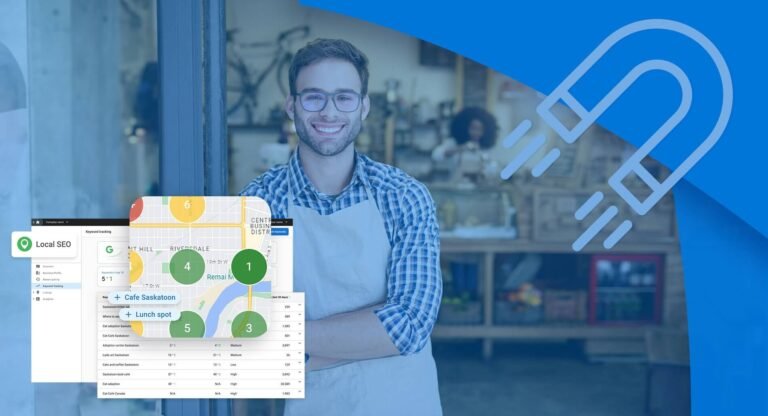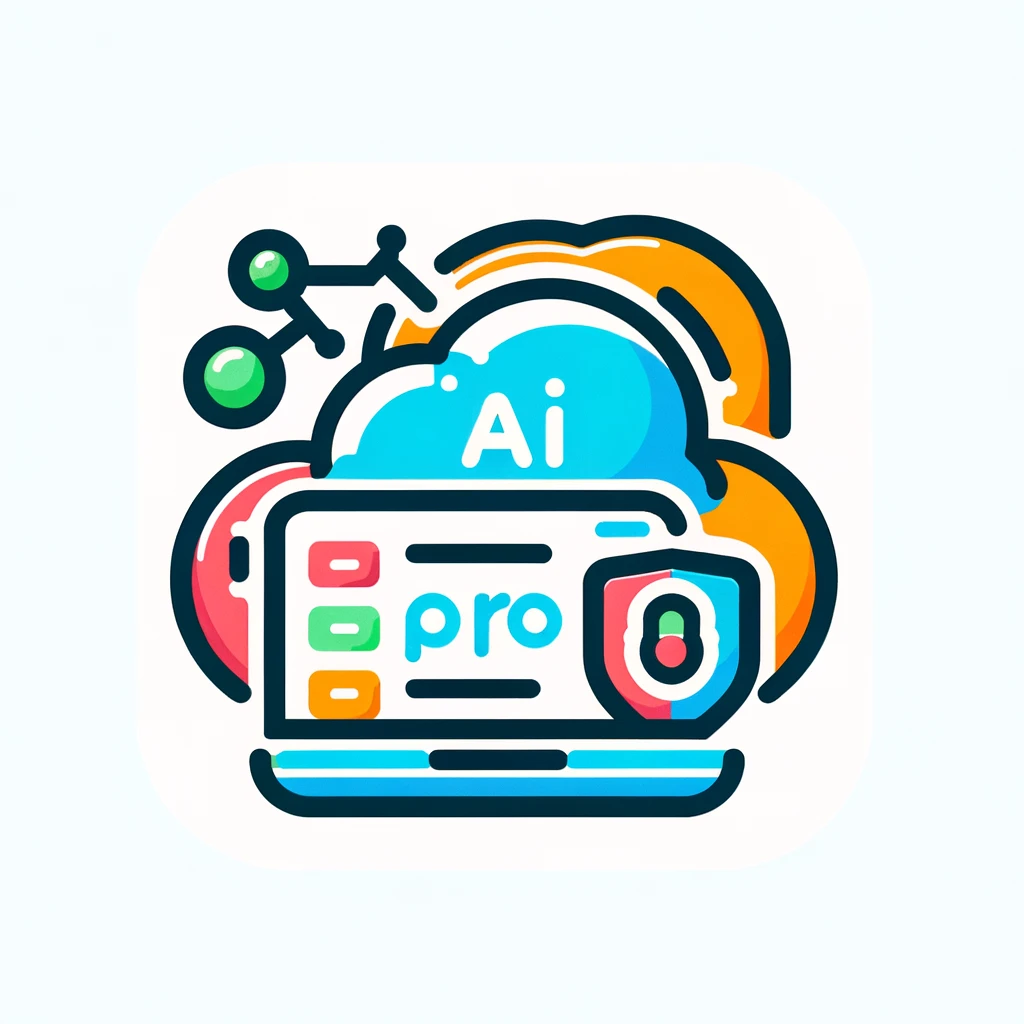Automate Your Email Marketing with AI: A How-To Guide
Email marketing is a powerful tool for businesses, but it can be time-consuming. By leveraging AI, you can automate your email marketing campaigns, saving time and improving results. In this guide, we’ll walk you through the steps to automate your email marketing using AI.
Step 1: Choose the Right AI Email Marketing Tool
There are many AI email marketing tools available, such as Mailchimp, HubSpot, and SendinBlue. Choose a tool that fits your business needs and budget. Look for features like automation workflows, AI-powered analytics, and personalized content generation.
Example: To use Mailchimp, sign up for an account and navigate to the “Campaigns” tab. Create a new campaign and select “Automated” from the options. Use the pre-built workflows or customize your own. Mailchimp’s AI will provide recommendations for subject lines and send times to maximize engagement. Keep an eye on the AI-generated analytics to continuously optimize your campaigns.
Step 2: Segment Your Audience
Segmentation is crucial for effective email marketing. Use AI to analyze your audience data and create segments based on demographics, behavior, and preferences. This ensures that your emails are relevant and personalized.
Example: In HubSpot, navigate to the “Contacts” section and use the “List” tool to create segments. You can create a segment for recent purchasers by setting the criteria to include contacts who made a purchase in the last 30 days. Use this segment to send targeted follow-up emails with product recommendations or discounts.
Step 3: Create Personalized Content
AI can help you create personalized content that resonates with your audience. Use AI tools to generate dynamic content, such as product recommendations, personalized greetings, and tailored offers based on user behavior.
Example: With SendinBlue, use the “Templates” feature to create dynamic content blocks. Insert a product recommendation block that uses AI to suggest products based on the recipient’s past purchases. Include a personalized greeting that addresses the recipient by name and offers tailored discounts based on their browsing history.
Step 4: Automate Your Workflows
Set up automated workflows to send emails based on triggers, such as a customer’s birthday, a recent purchase, or a sign-up anniversary. AI can help you determine the best times to send these emails for maximum engagement.
Example: In Mailchimp, create an automated workflow for birthday emails by navigating to the “Automations” tab and selecting “Birthday”. Customize the email content to include a personalized greeting and a special birthday discount. Mailchimp’s AI will suggest the optimal send time based on the recipient’s past interactions.
Step 5: Analyze and Optimize
AI-powered analytics provide insights into the performance of your email campaigns. Analyze metrics such as open rates, click-through rates, and conversion rates. Use this data to optimize your campaigns and improve your results over time.
Example: In SendinBlue, navigate to the “Reports” section to view detailed analytics on your email campaigns. Use AI insights to identify trends, such as which subject lines perform best or what times your emails are most likely to be opened. Adjust your future campaigns based on these insights to continually improve performance.
Related Topics
Understanding related topics can help you maximize the effectiveness of your AI email marketing efforts:
- Customer Journey Mapping: Understand the various stages your customers go through and tailor your email campaigns accordingly.
- AI in Social Media Marketing: Learn how AI can enhance your social media strategies and complement your email marketing efforts.
- Data Privacy and AI: Ensure your AI email marketing strategies comply with data privacy regulations and build trust with your customers.
By following these steps, you can effectively automate your email marketing with AI, saving time and improving your results. For more information on AI-powered marketing strategies, visit our blog.








